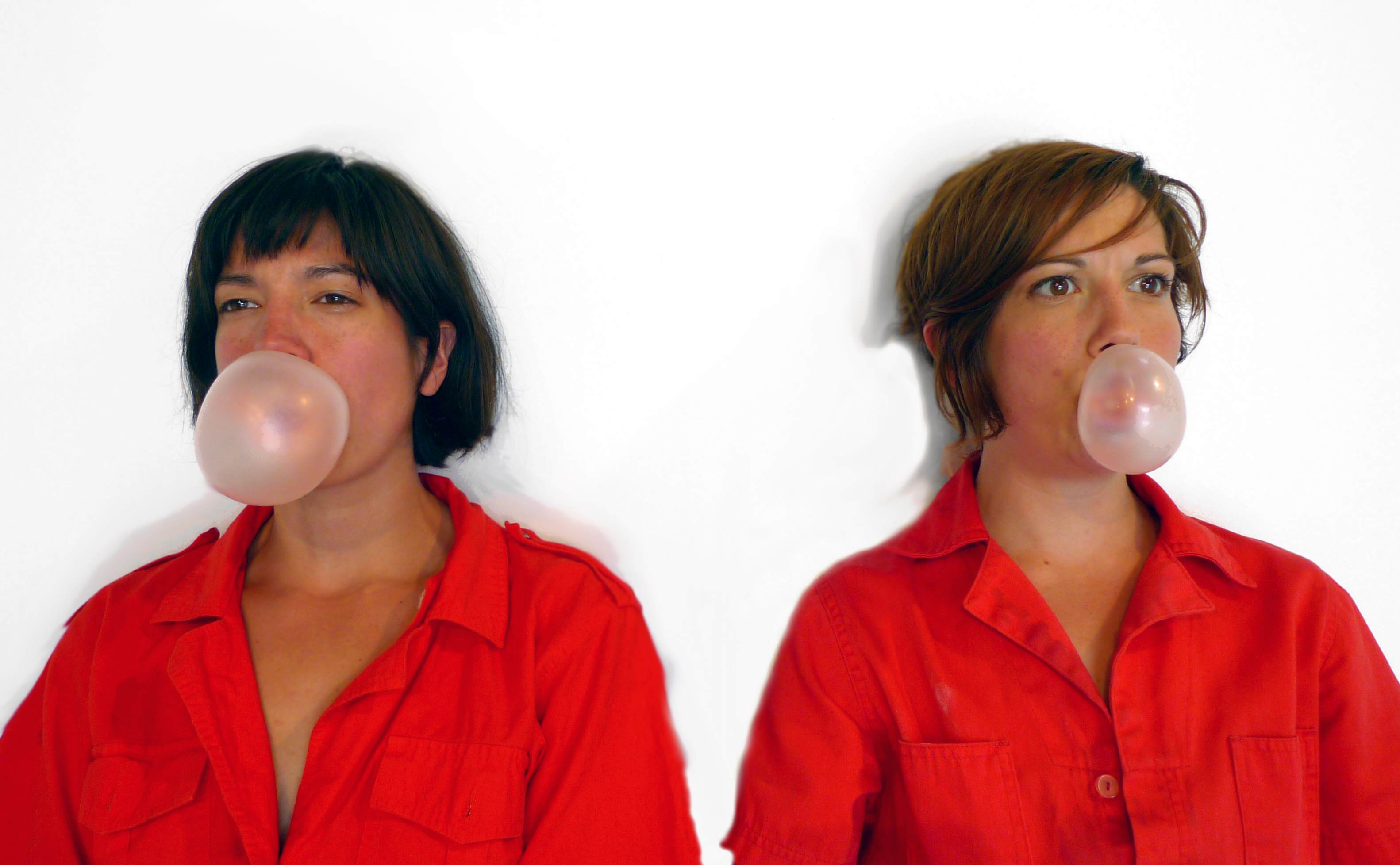Marina Abramovic was born in Belgrade, Yugoslavia in 1946. She predominantly uses the body in her performance art. She has thoroughly explored the body mentally and physically. In this particular work, Abramovic eats an onion while looking up at the sky complaining about her life. This onion is a whole onion with the skin on. She complains about her everyday life, ranging from herself criticizing her body, to falling in love with the wrong man, to waiting at airports, train stations, etc.
My first thought is, what does the onion represent? And why a whole onion with the skin on? My speculation is that she chose an onion because onions produce tears in many people. She is most likely trying to convey her emotions through eating this onion. Thinking about how bad her life is makes her emotional. In many of the stills from the video, she looks like she is in agony. She could be trying to convey the idea that even though the things she is complaining about seem small, they heavily affect her. Many people undermine the things she’s complaining about so she might be trying to convey that she really struggles with these things. It would have had a different meaning if she’d used a different food such as a tomato. She possibly also chose an onion not only because they produce tears in people, but also because of the skin. Onions have layers, so metaphorically, she is revealing the layers of her day to day life. And that could be painful because being vulnerable is not always easy, even if what you’re revealing may be on “the surface.” In the two images she depicts two different emotions. In the image at the top, she looks as if she is in agony. However, in the image at the bottom, anger looks to be the emotion displayed here.














